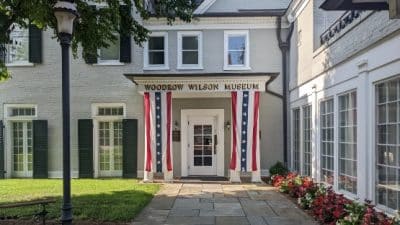
Since its discovery as a cause of lung cancer among uranium miners, scientists have found that the risks of radon gas are widespread and can be increased by modern housing trends.
Radon is a naturally occurring radioactive gas that is found in soil and water, and makes its way into homes through cracks and openings in the foundation. Radon is an extremely dense gas and the heaviest concentrations can be found the lower to the ground you are. Radon is the leading cause of lung cancer among non-smokers.
Children tend to breath in higher levels of radon gas as they are much lower to ground level concentrations. Some studies have suggested that radon exposure may be linked to other types of cancer as well, such as childhood leukemia*. Per the EPA, surveys have shown that one in five schools have at least one schoolroom with short-term radon levels above the 4 pCi/L action level.
SWAT Environmental cautions that it is important for the public to be aware of the known factors about radon gas that increase the risk for some cancers*.
- 1 in 15 homes at risk of high radon gas levels.
- Building materials or water from wells that contain radon can also emit radon
- Homes with cracked floors, wall or foundations can allow radon to enter
- Modern homes that are tightly sealed can allow radon to collect at higher levels.
In order to keep homes safe, especially during September’s Children’s Cancer Awareness month, families should learn more about radon gas risks found in the home and have their home tested for radon to measure the level of risk. Since radon exposure has been linked to cancers in adults and children, this month is an ideal time to take whatever steps are necessary to minimize radon gas in the home.
For radon measurement and mitigation services, contact a radon service provider, such as SWAT Environmental, now available at over forty locations across America. Radon mitigation services work by using techniques such as sub-slab depressurization to prevent radon gas getting sucked into the home. With increased awareness and affordable technology, the cancer risks of radon gas can be greatly reduced.










